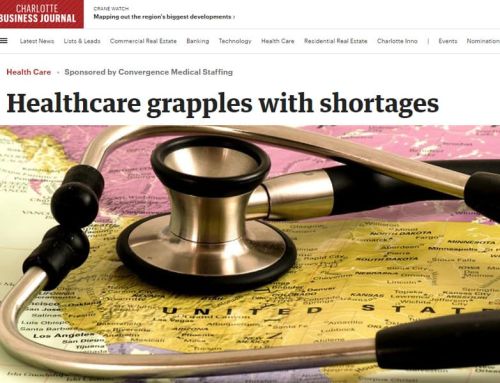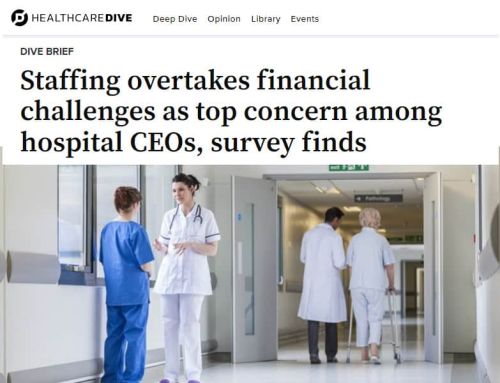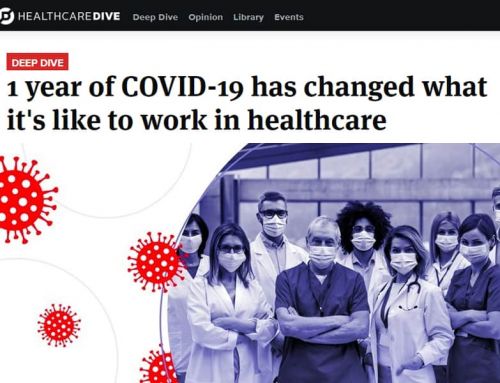Article Attribution: This is an article on Healthcare Dive
Original Author: Shannon Muchmore
Hospital profitability declined for the first time this year during the month of June. Operating margins
were down 1.88%, according to a new flash report from Kaufman Hall.
- Analysts blamed the decline on the inability of many hospitals to rapidly cut expenses to match
a decrease in patient volumes. Bad debt and charity care expenses were also up.
Meanwhile, non-labor expenses per adjusted discharge rose 5.3% compared to June 2018, while
labor expenses per adjusted discharge increased 4.9%.
Dive Insight:
Hospital and healthcare system operations are often so large and complex that at times they can’t
act quickly to address declines in profitability. Based on the most recent Kaufman Hall flash hospital
report, June 2019 appears to be one of those times.
The report concluded hospitals lacked the flexibility to cut costs as patient volumes decreased. In
June, adjusted discharges, patient days and emergency department visits dropped more than 5%
compared to May 2019. Operating room minutes declined by 7% compared to May and are down
1.8% year over year, a trend the report said was “most concerning.” At the same time, expenses
rose significantly compared to June 2018.
There were some exceptions. Hospitals with 500 beds or more saw an increase in pre-tax profit
margins for the third consecutive month, which the report attributed to increased revenues. Smaller
hospitals ( fewer than 25 beds and 200-299 beds) also had improved margins, which was connected
to increased inpatient volumes. However, mid-sized hospitals (300-499 beds) saw the biggest
decline in profitability, while those in the 100-199 bed range also struggled.
Hospitals in the South also fared better than average, which the report attributed to “strong expense
management during a period of stagnant volume growth.” By comparison, hospitals in the
Midwest, where revenues were flat while bad debt and labor costs were on the rise, had pre-tax
margins that were nearly 3.7% lower.
But the report also suggested that most hospital operators are not seeing the big picture.
“Nationwide, hospitals continue to be overly optimistic about inpatient volumes, while underestimating
the increase in ambulatory care,” it said.
Hospitals also face other potential headwinds: The upcoming Physician Payment Fee Schedule
from CMS may not be favorable to providers; federal legislation to end surprise medical bills could
wind up being enacted in law; and the courts could wind up striking down the Affordable Care Act,
leaving some 20 million Americans without health insurance.
The report concluded “a lack of flexibility is a fundamental risk to hospitals and health systems and
something that industry disruptors are likely to use to their advantage in the coming months and
years.”
Disclaimer: By providing links to other sites, Convergence Services Group does not guarantee, approve, or endorse the information or products available on these sites nor any browser scripts that may run there.





